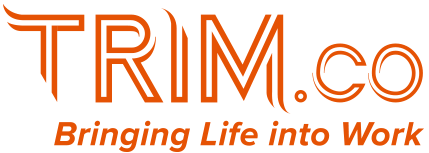Who in their right mind opens a high-end hair salon in the middle of a global pandemic? Perhaps a crazy person. Or, perhaps still, a team of crazy people. This is our story.
Hi, I’m Sean. I’m a Louisville-based tech geek. I’m your average, middle-aged, male, tech executive. I know almost nothing about style or latest trends. I don’t pay attention to the newest fashions, fads, or crazes. I’ve only just recently learned who Drake and Billie Eilish are. In regard to beauty, I’ve had my hair cut the same way most of my adult life. And I would rarely, if ever, notice when my wife changed up her hairstyle. I’m also the CEO of TRIM NuLu, the newest, hottest, and fastest growing high-end salon in Louisville, Kentucky. How did I get here? Well, that takes a bit of an explanation.
A year ago, if you would have told me that I would be running to run a high-end hair salon, I would have called you crazy. After all, as I mentioned, I’m a tech guy. As one of the founders of El Toro, one of North America’s fastest growing technology companies, I’ve spent the past eight years leading the El Toro sales team to record numbers as a Louisville-based technology startup. I work on marketing, outbound lead generation, SEO, and online traffic conversion tactics. I don’t do anything, or know anything, in regards to the beauty industry. Well, that at least used to be true.
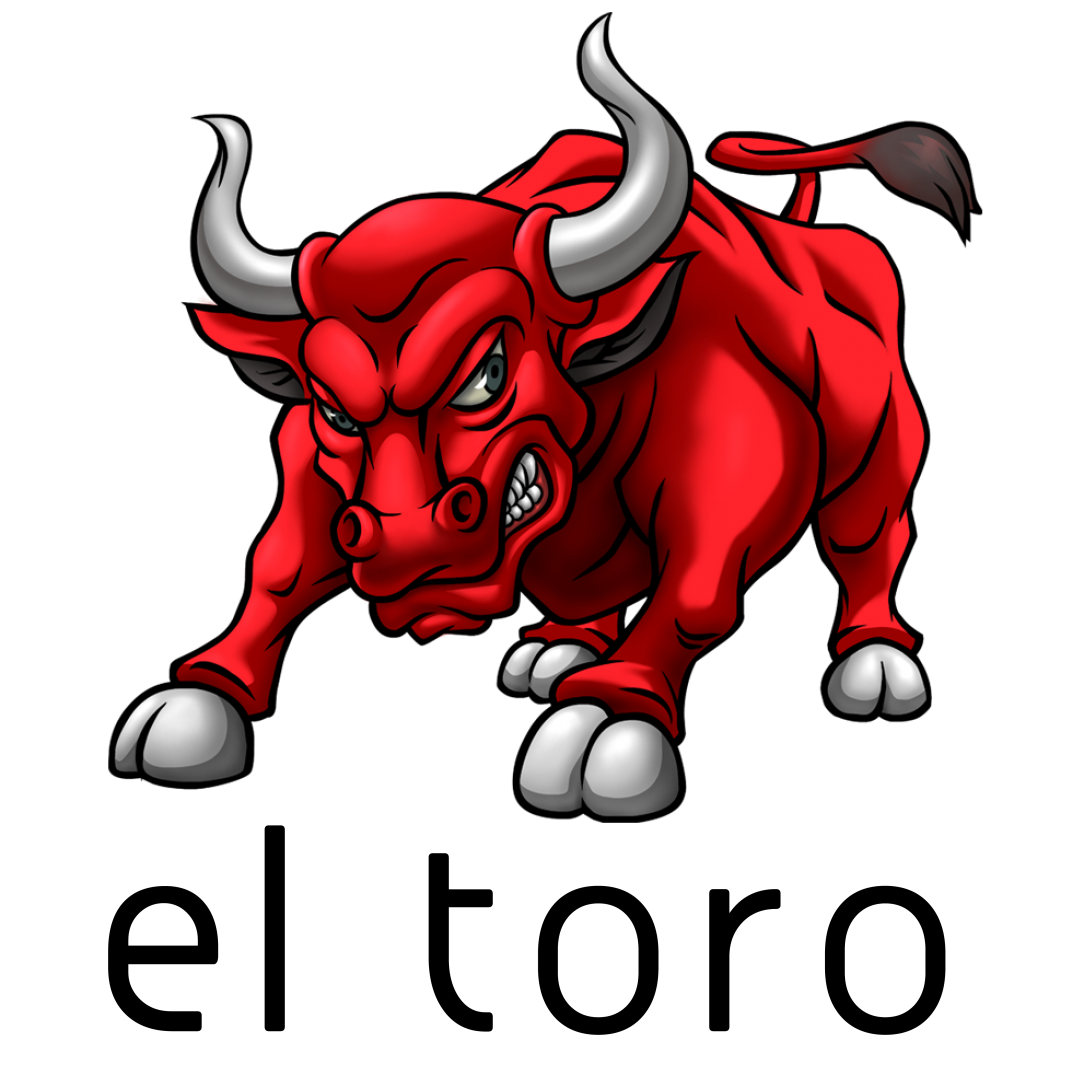
A little over two years ago my business partners and I began evaluating other industries to disrupt. We had already disrupted the online advertising industry through El Toro, so we were looking for the proverbial new lands to conquer. El Toro was (and still is) going great. We had hired a ton of great people and put a lot of them into roles of leadership. For the first time in the history of our then six-year-old company, we had the ability to step back just a little and let others help manage some of the day-to-day operations.
Not being ones to rest on our laurels, it was time to start looking for new ideas for businesses that we could 1.) use the El Toro advertising system to help grow, and 2.) disrupt areas that had been previously neglected by technology. After consulting with some friends who worked in different industries, we turned our gaze to the beauty sector. Specifically, haircutting and styling.
Why haircuts, might you ask? Well, for one, the industry is as old as time. And for the longest time there really has not been much innovation put behind it. You find a hairdresser, book an appointment, travel to the salon, wait for your turn, get in the chair, get your haircut, pay your stylist, and then rebook. Rinse and repeat (every pun intended) this process a thousand times. Nothing much changes, and there isn’t much technology involved.
But change could happen in the haircut industry, and technology should be involved to help manage that change. I’m not talking about attempting to change the industry just for the sake of doing so. I’m talking about changing the industry in order to bring it up to date with our ever-changing world. Only a few short years ago there were no autonomous driving vehicles or personal drones. There were no on-demand streaming or scooter rentals all over town. Heck, there wasn’t even Uber or Doordash. No one can tell me that transportation, restaurants, and automation could completely change, but haircuts couldn’t. Everything changes. Everything.
And that’s when it hit us! What about an Uber-style haircutting service? We could find areas where people naturally congregate (like a business office, for example), send out a compact mini-salon-in-a-box to that location along with a high-end stylist, and then let people get their haircut on-the-fly at said location. The concept sounds great. And being that we are tech people, we could then create an app that would let users book a timeslot. We would be where the people already were instead of making people come to us. Basically, an “Uber” for haircuts. So that’s what we did, we began building an “Uber” for haircuts company.
And We Named It trim.co
Yep. trim.co. Short, sweet, and to the point. My business partners began working on the new onsite haircut app which would deal with scheduling, taking payments, and processing customers. I went out and secured the domain name so we could build a website and start generating interest. Another one of my business partners started reaching out to his stylist friends to see if they would be interested in making some side money by working in our new “Uber-for-haircuts” beauty venture/startup.
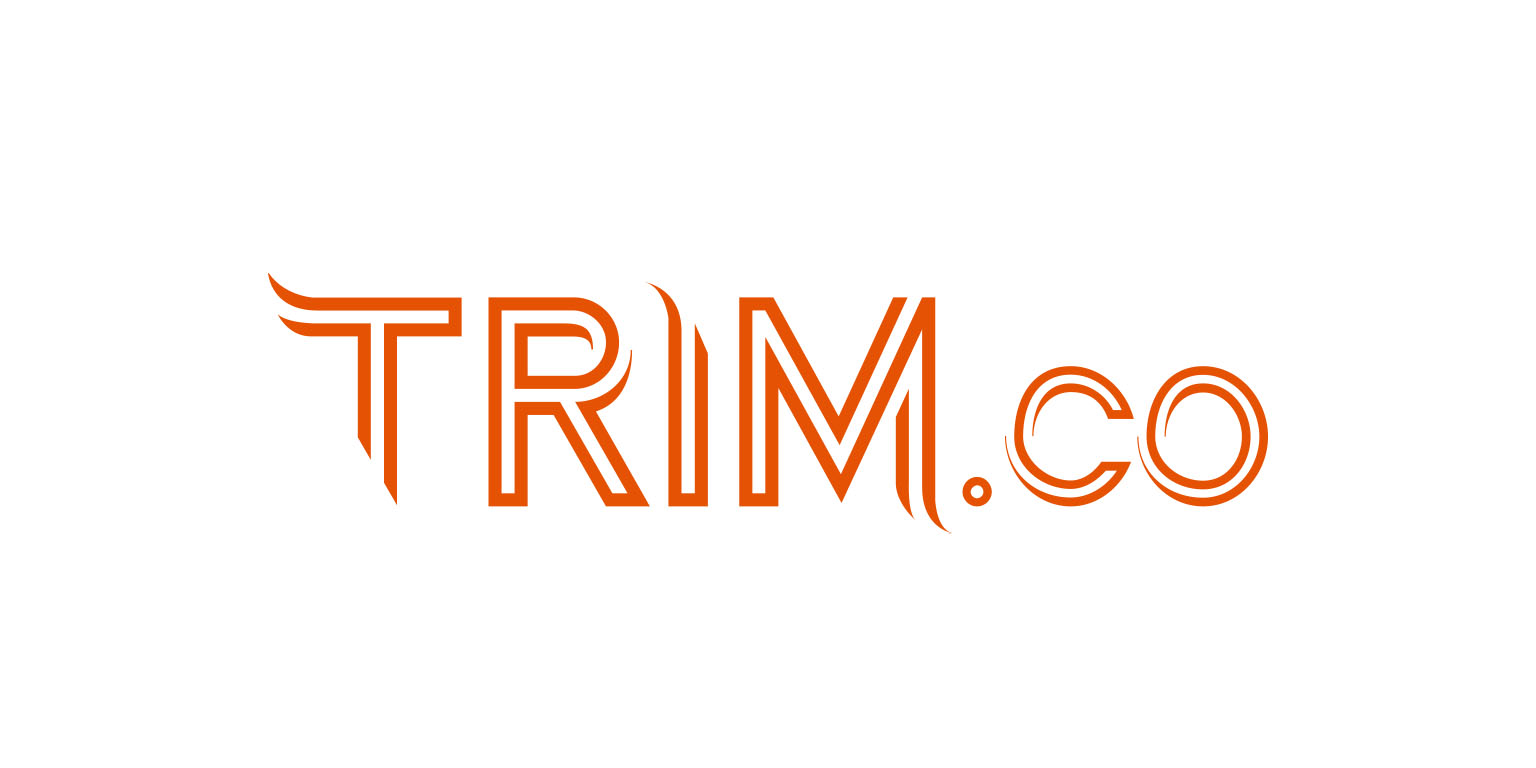
And in true entrepreneurial fashion we also reached out to our friends and family and ran the idea of an Uber-for-haircuts concept by them. All of them, as you expect, said it was a great idea. They are friends and family after all, so of course they were going to be supportive.
But even if they hadn’t been supportive, it wouldn’t have stopped us anyway. As a group of entrepreneurs, when we decide we are going to do something, we go do it, and there’s nothing that is going to stand in our way. The fact that we were a bunch of tech guys with no sense style, who were not up on new fashion trends or hairstyles, or knew absolutely nothing about haircuts….well…that wasn’t going to stop us either. We would figure it out.
trim.co moved from an idea to development
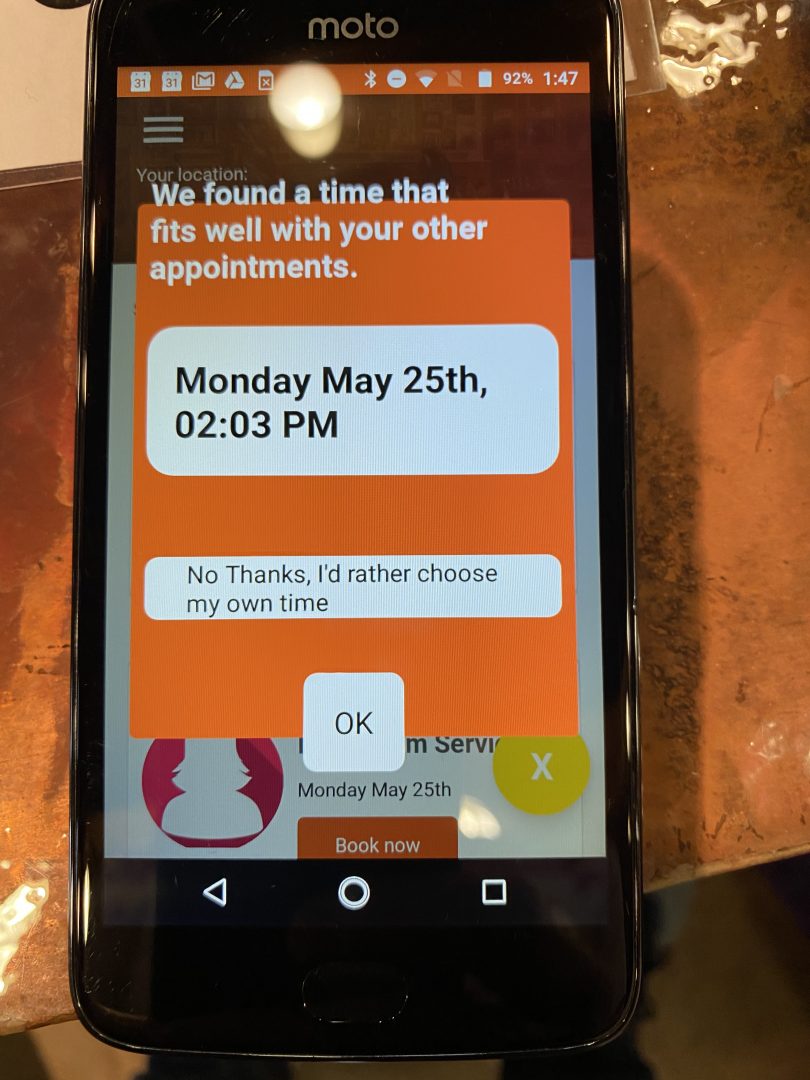
Designing the trim.co app took a front row seat as the new priority and it progressed nicely. We brought on a co-founder (and in-house expert with over 20 years of styling experience) Chris Edwards, and took his advice on getting some equipment. We bought our first salon chair, made sure it was light enough to be moved around since it looked like we were going to be sending it around town, and then bought all the necessary doodads that one needs in order to cut and style someone’s hair.
For the next part, perhaps the most important part, what we really needed was a place to put a styling chair so we could get to work.
That part, oddly enough, was pretty easy. El Toro already had about 100 employees and the majority of them worked onsite. We setup our chair, got our stylist to figure out all of the state cosmetology board licensing requirements, and applied to get El Toro licensed as a hair salon. That’s right, the same El Toro tech company that most people in Louisville know as a marketing firm also became an actual salon. We had to. In order to cut hair you have to be a licensed cosmetologist and you are required to have the establishment in which you operate properly licensed. Ok, no problem. We were already a tech company, and to stay within the laws, we also established our business as a salon. We were an AdTech firm + a hair salon. Kinda crazy, but we did whatever it took to keep us legal. With the license in place, and the blessing of the cosmetology board, we were good to start cutting our employee’s hair.
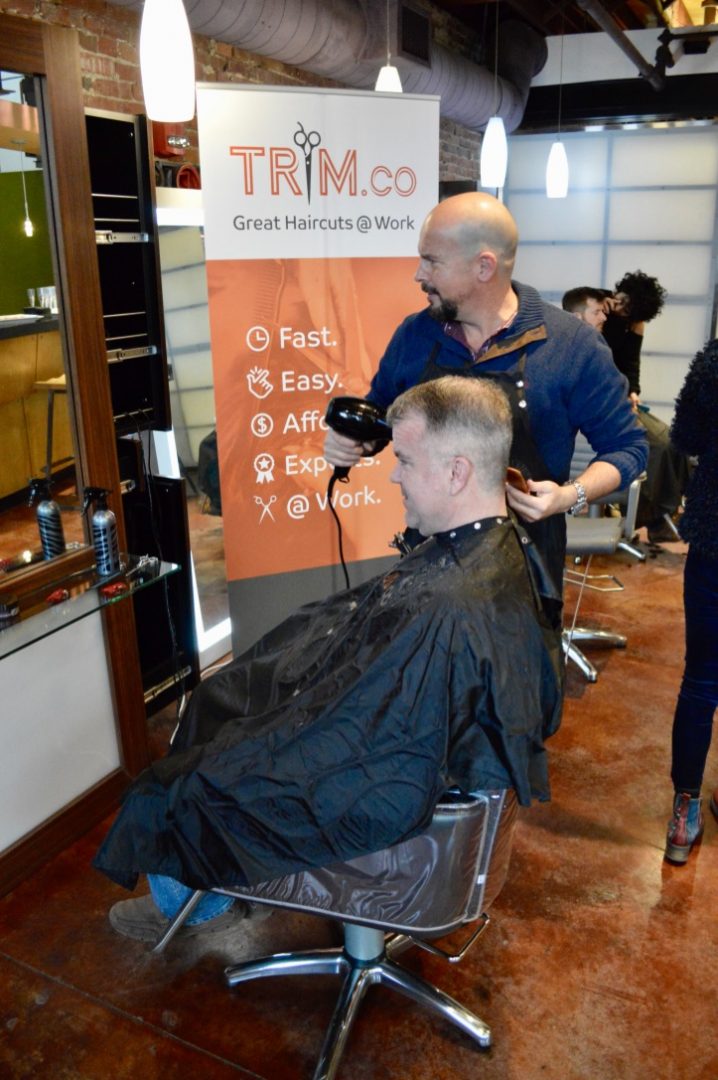
Our dream, however, was not to make money off of our own employees. The salon model at El Toro was a proof of concept. The “El Toro salon” was a starting point, not an end point. But if we could get the process down at El Toro, we could make it work anywhere.
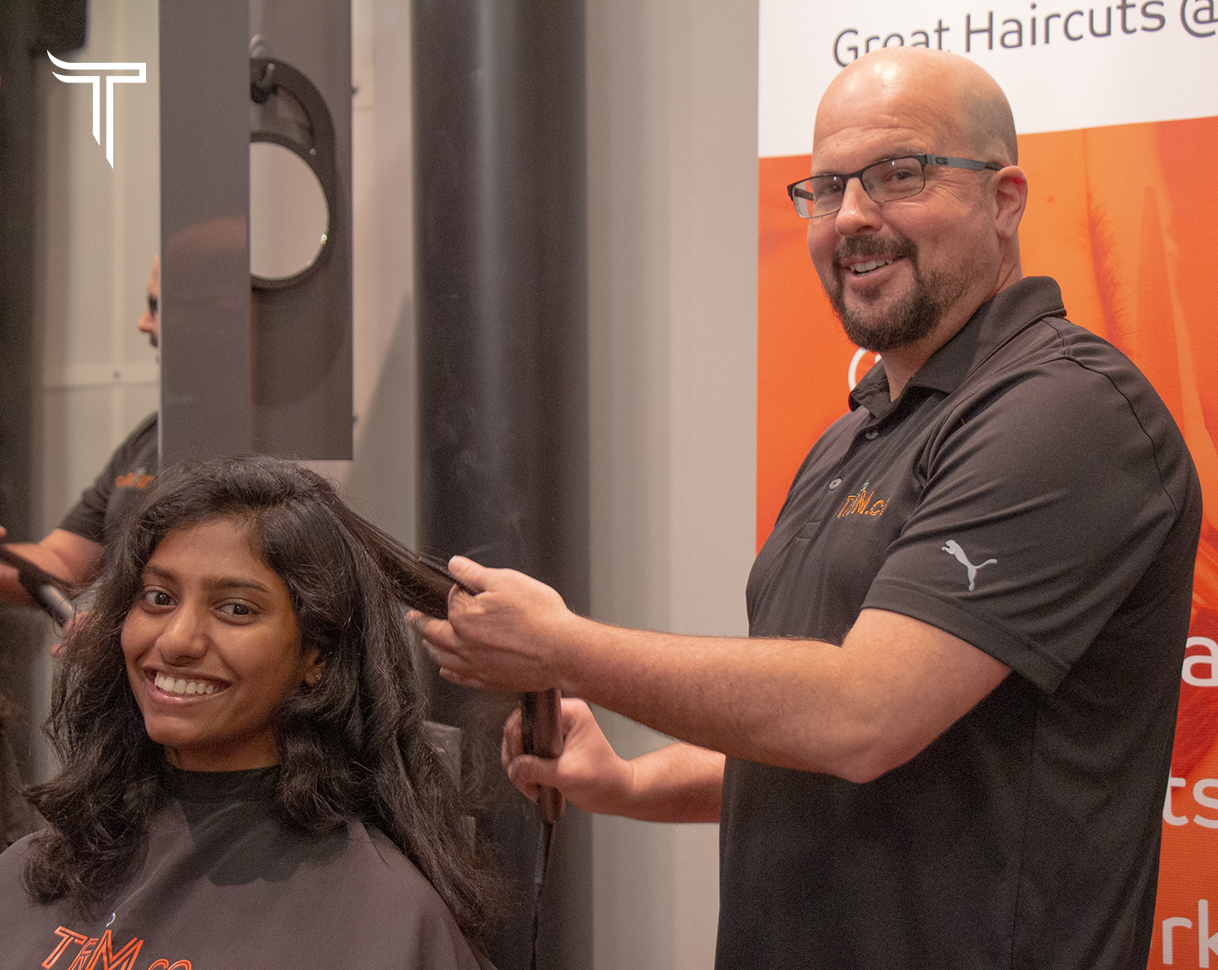
One of the greatest benefits of having a new startup salon inside of your existing tech business, aside from the obvious perk for employees, is that executives from other companies would come to El Toro for a meeting would see our salon in action even though they were meeting us for El Toro related matters. And the question that those executives always asked:
“Can we get that at our business too?”
You Can! (And They Did)
At El Toro we already worked with well-known clients, so getting meetings to talk about trim.co was a breeze. We brought in the decision makers (usually in HR), showed them around El Toro, and then walked them through our in-house salon. Everyone loved it and we started closing partner deals right and left.
YUM Brands, Humana, Signature Healthcare, Texas Roadhouse, the Flashcube building, (and that’s to only name a few) installed trim.co mini-salons in their headquarters. And as you might guess, we filled out the necessary paperwork to officially (with the licensing board, anyways) make them “salons” too. In a few short months we deployed stylists, styling chairs, branded trim.co mirrors, and all the doodads you can imagine. We forged partnerships with some of the largest companies in Kentucky and continued to develop our app, which by this time was becoming pretty robust.
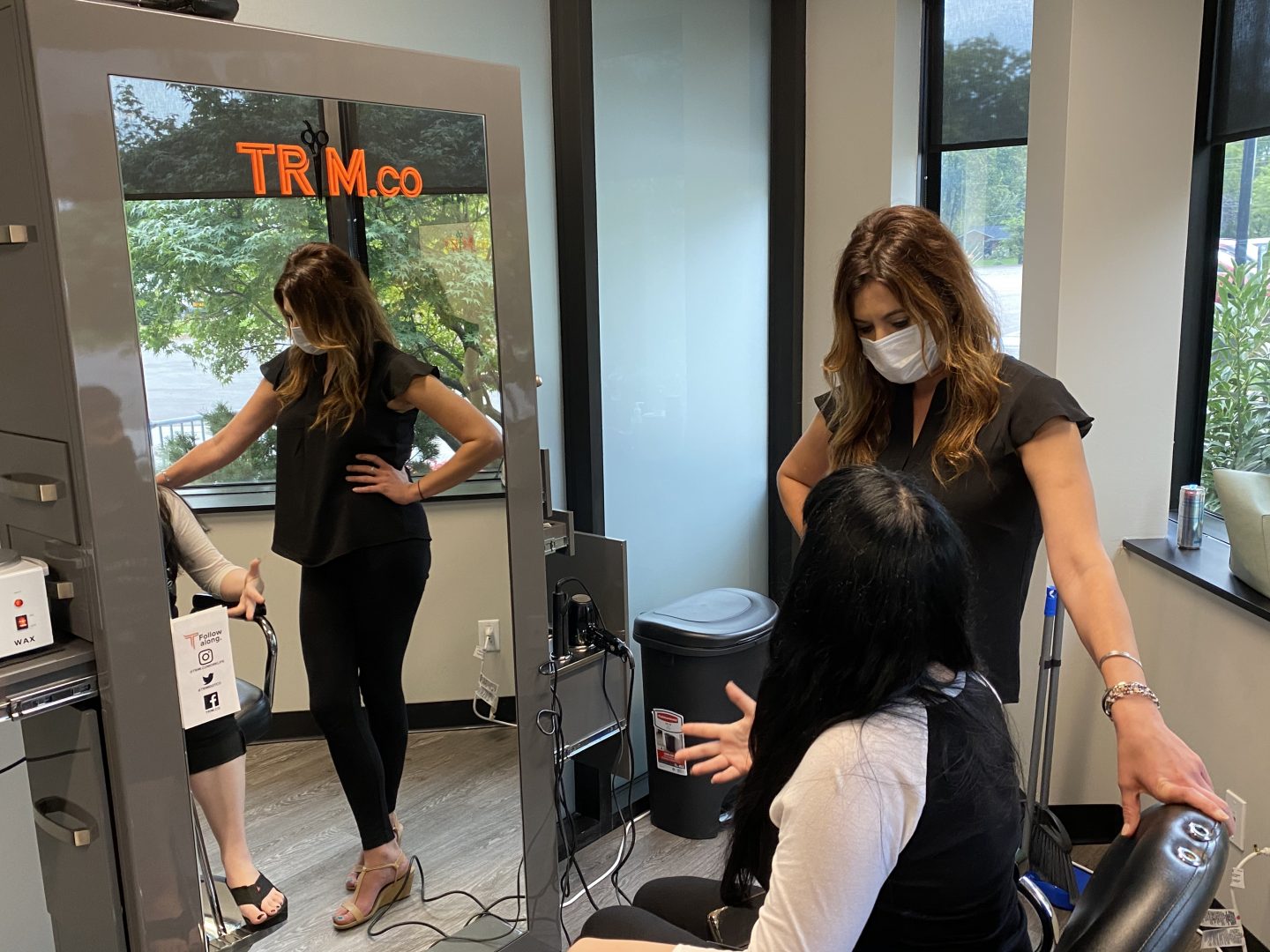
The app gave our client’s employees the ability to book services directly, and that even included the ability to buy hair products from the stylist. When an employee was ready for their haircut, they would just walk from their office to the onsite trim.co mini-salon and get a great looking haircut. A cut, style, or trim (yep, another pun) was literally feet away from any employee who wanted it.
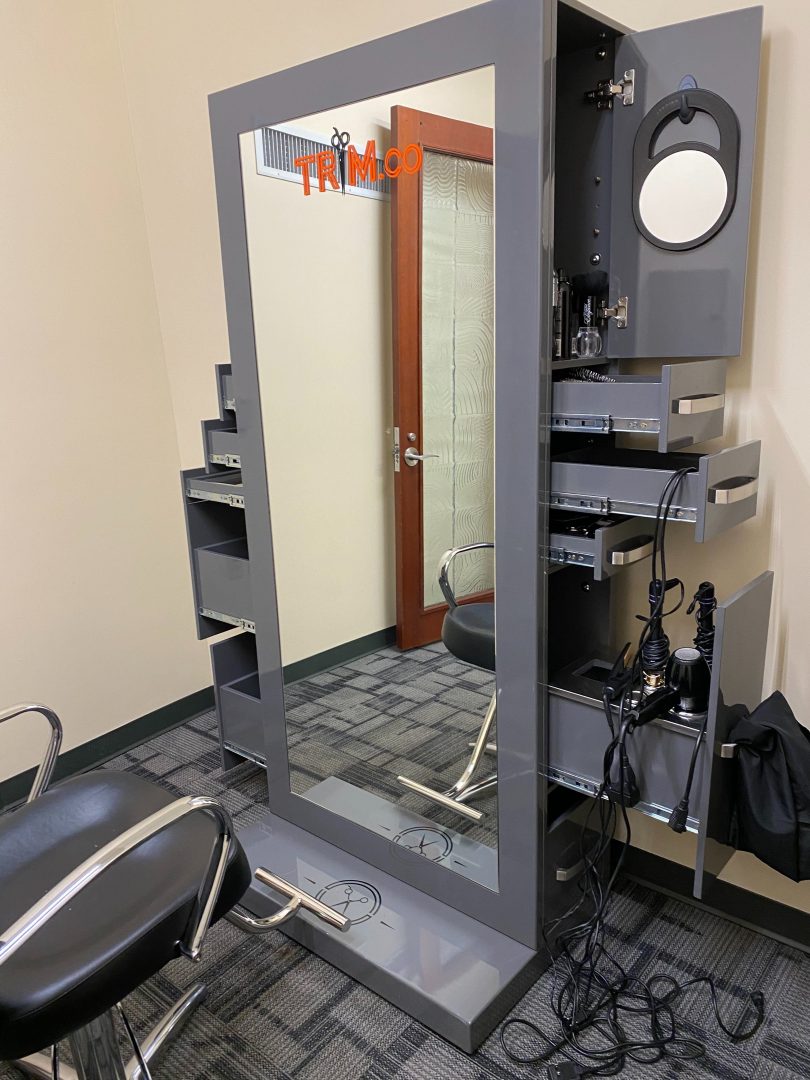
By this time, all of the equipment was salon-grade. The quality that we employed allowed our stylists to ply their trade in the same manner one would expect if they were to have their hair done in a high-end salon. We placed sleek mirrors and everything else that a cosmetologist would need in order to make their client feel right at home. It was a high-end experience, but at work. And because all of our clients were located in the building where they worked, getting business from the clientele was like shooting fish in a barrel.
A cool employee perk, an onsite salon experience, and a built-in client base. That’s a pretty awesome business model, right? It is! Well, except when a global pandemic sweeps through town and closes down every one of the businesses where your clients are located.
So, about that pandemic…
When the pandemic hit, we were as shocked like everyone else. Businesses either closed or sent people to work from home, while others were laid off. Personal care businesses such as salons, or in our case onsite mini-salons, were not allowed to operate. Even if we could operate, it wouldn’t have mattered because there were no employees at the locations where our on-site services were being offered. Life as we all knew it had come to a screeching halt. On a personal level, it was scary and ominous. On a business level, the pandemic looked like the type of thing that could, and possibly would, ruin our startup. It was devastating.
As a business owner, it’s a terrible feeling to know that you’re helpless for not only your business, but also helpless for the wellbeing of your employees. It’s hard to take call after call from the CEOs and managers of all of your partner companies letting you know those partnerships that you’ve worked so hard to forge were now “on-hold.” The partnerships were on-hold, the on-site services were on-hold, the business was on-hold, and the employees were on-hold. Everything was on-hold.
To be completely candid, if I were to to tell you, at least at first, that we were stalwart and resolute in our expectations of moving forward, it would be a lie. Not only were we concerned, we were also afraid. The world had just changed in a monumental way. The way we had conducted business in the past might be just that, a thing of the past. How would trim.co survive? How would we provide for our employees? Would people even feel comfortable getting their haircut again future? In the beginning, we couldn’t answer any of these questions. No one could.
For a while there was nothing to do other than let a little time pass and hope for the best. So that’s what we did. When things started calming down, we put our collective heads together and began to reimagine how we could pull through the bleakness. The biggest priority was figuring out a way to get back to work. But we couldn’t just send employees back to work for the sake of getting them back to work, we had to get them back to work safely. People generally want to work and make money. But virtually no one wants to put their actual life or safety on the line in order to do so.
While it was becoming increasingly apparent that workplaces were going to be no-go zones for a while, it was also becoming clear that people were still going to need their hair cut. Generally speaking, John and Jane Q. Public can go for a while without professional beauty services, but they weren’t going to forgo them forever. We started figuring this out because our stylists began receiving calls from their regular clients asking when they could schedule their next appointment. These phone calls served as a glimmer of hope. The demand was still there, even if the ability to do so wasn’t. And if our clients weren’t going to be able to get their haircuts at work, then we were going to have to come up with another solution in order to service them. This meant there was an opportunity.
The Gateway to NuLu building in the NuLu district of downtown Louisville was going through massive renovations. We knew this because my business partners and I had actually bought a substantial ownership share in the building itself so we could move El Toro there. We had teamed up with other Louisville anchor companies like EDJ Analytics and Interapt in order to create a tech hub on the outskirts of downtown. Because of the pandemic, we thought to ourselves, perhaps it’s actually time to build our own salon, to control our own environment, and to cater to clients who were no longer able to get their haircuts at work. If we had our own space, we could control our own space, and we could control the means to service our clients. But it also meant that we’d be doubling down on haircutting services right in the middle of a pandemic. It was a sound plan. Maybe.
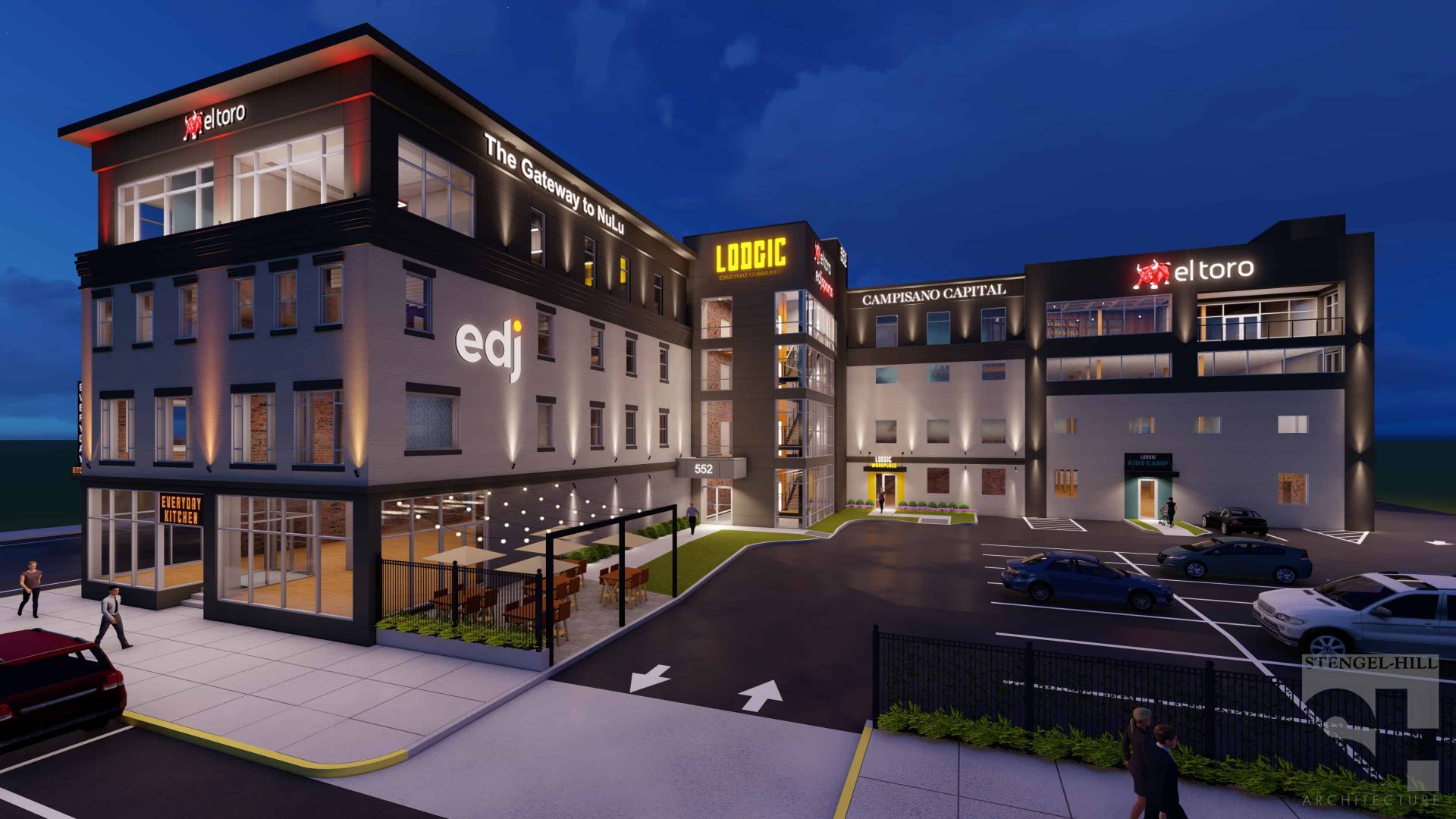
Sometimes the craziest plans are the ones that actually work
The idea of TRIM NuLu was born. We scoped out one of the offices in our building that had not yet been completed and began designing a salon. We had to address one of the huge problems related to COVID (distancing), and tried to account for most of the problems that other salons were facing during the pandemic (conveyer belt-like handoffs from one stylist to the next for each individual service). If we could build the salon for the pandemic and get in front of the many problems facing the industry at large, we could create a physical base of operations to use in case of intermittent flare ups due to COVID-19 or any other pandemic that may befall us.
And then we built it…
The TRIM NuLu salon was designed with the chairs 15 feet apart. The spacing would allow for clients to be out of the range of other clients and also account for the distance needed for the hairdressers themselves. We stocked up on disinfectant and cleaning supplies and made a checklist to serve as a guide for the new sanitary regulations. We built two single-person gender-neutral bathrooms so we didn’t have to worry about inadvertent congregation or a waiting in line. The gender-neutral bathrooms also went hand-in-hand with being able to accommodate everyone. Three separate fans were installed for constant airflow and we overbuilt the HVAC system to help ensure air circulation throughout the salon.
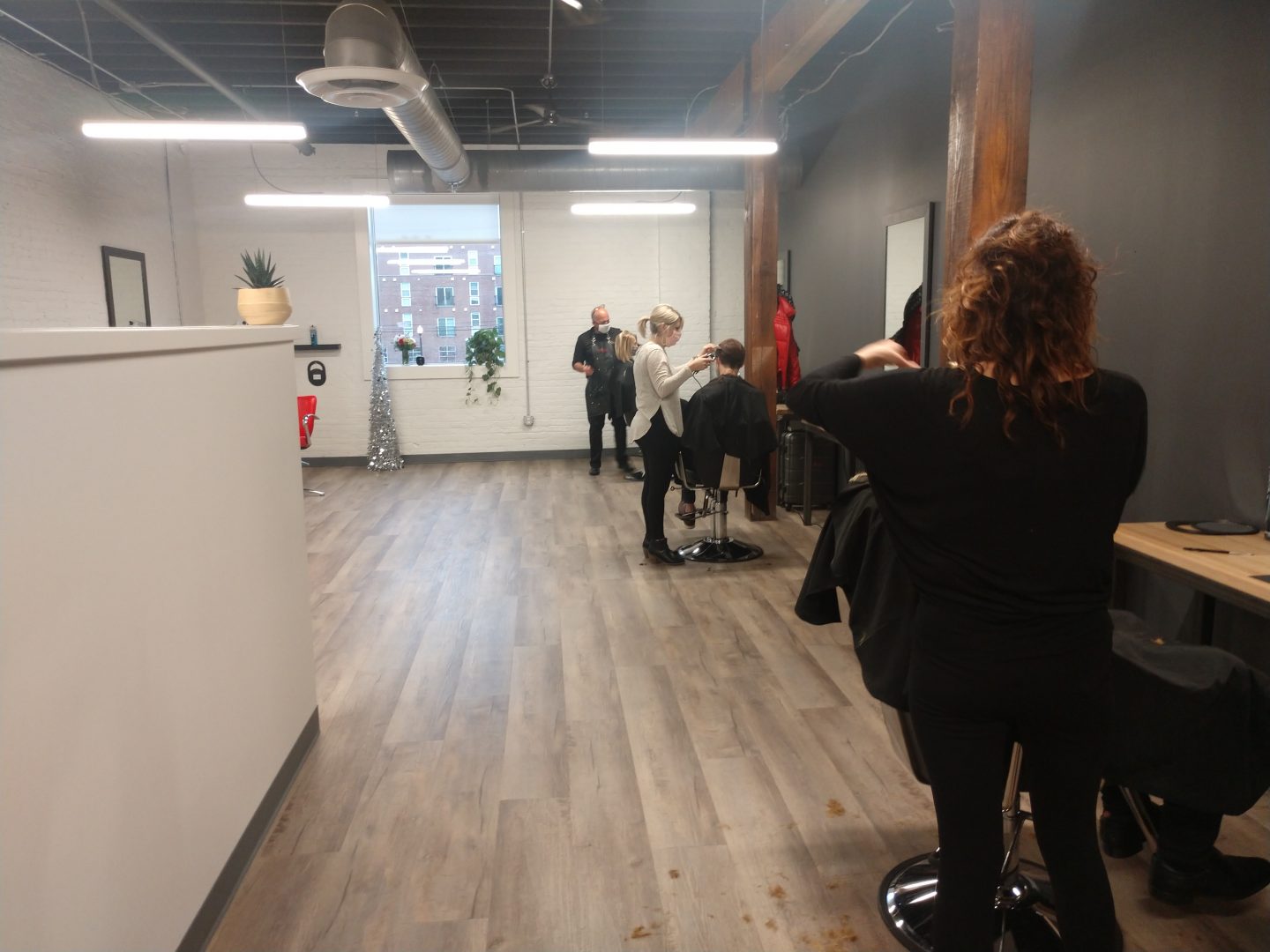
Because it appeared that waiting rooms were going to be a thing of the past, we placed only two chairs at the entrance (for use of those people with children, if needed) and then began booking services apart so paths of the individuals clients would rarely, if ever, have to cross.
We designed the whole operation to work at 50% capacity from the start and wrote that in as part of our business model. COVID-19 became a paradigm to work within, not to work around.
We reached out to all of the respective companies whose office parks were still shuttered and let them know that, for the time being, we could still service their employees, albeit at our location instead of theirs. We also started marketing to the general public, something that we never had to do before because all of our clientele were previously “built in” at the places our mini-salons were located.
With our on-site business model, all we had to do was drop a chair, get licensed, and then have the HR representative from the company send an email blast to all of their employees to let them know that haircuts were being offered. With an actual salon, TRIM NuLu, that was certainly not the case.
Let’s be besties……
Salons typically market themselves on Instagram, Facebook, and their online presence in general. But the biggest way that salons get clients is through word of mouth. Because our salon was brand new, and because we were (and still are) in the middle of the pandemic, we had to start from scratch.
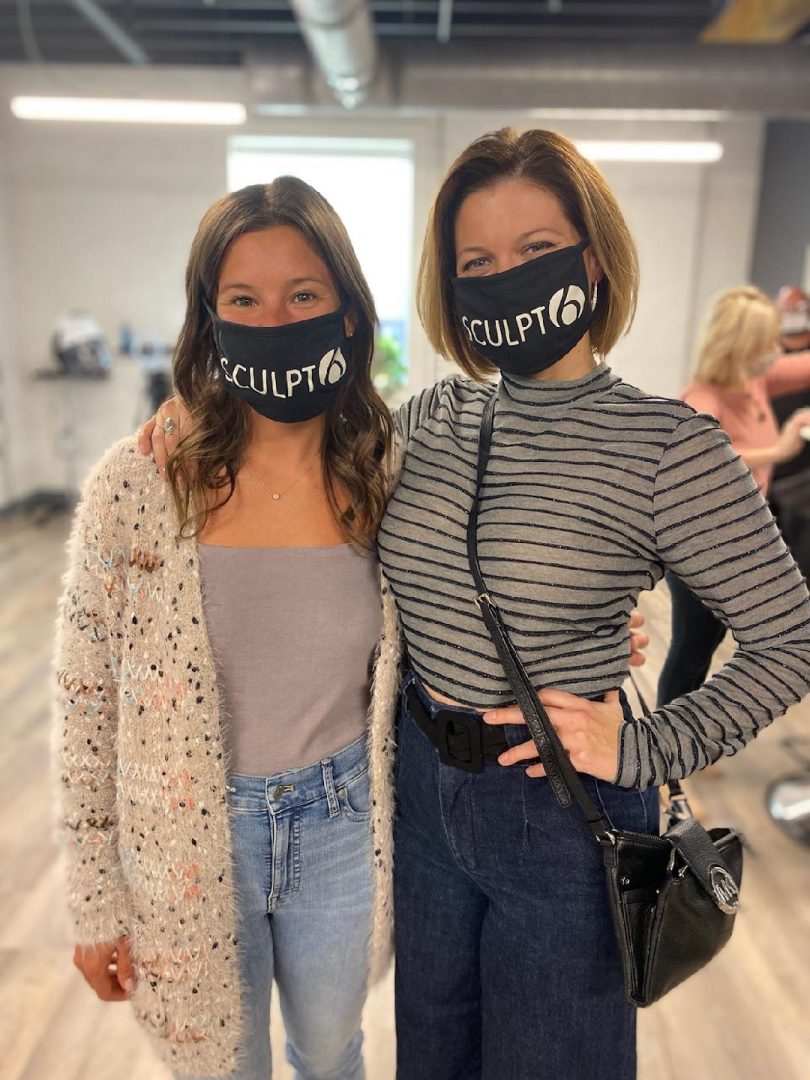
We began printing up vouchers for complimentary services, making deals with neighborhood restaurants for mutual promotions, and striking partnerships with the local gyms and fitness studios. We talked to all of the neighboring apartment complexes and started hitting our rolodexes. We were even able to sign Louisville’s hottest new artist to do a full-on artwork exhibition at our salon for a 6-month run, which was no small feat. Last, but not least, we engaged all of our friends and family and had them come in for services. After all, no one can really recommend a salon to someone unless they’ve actually experienced it.
And you know what? It worked. Our salon grew and TRIM NuLu became a massive hit with our clientele. We hardscrabble fought for each and every new client, but we grew. Not only do we service any trim.co clients whose business is still shuttered, we also service the general public. I’m proud to say that we have some of best stylists and hair colorists in the city of Louisville and our rebooking rate is over 90%. In the next few months we will be knocking out a wall and doubling our space in order to accommodate the deluge of appointments we’re now booking.
And I have to find a bit of humor in the entire situation. COVID-19, obviously isn’t funny, but the fact that a nerdy tech geek with no sense of style is running one of Louisville’s hottest new salons certainly is. And because of the constant ribbing from my wife, I finally decided to upgrade my techie t-shirt wardrobe and now try to dress the part of someone who at least looks like they actually belong in a high-end salon. I also have to find a bit of humor that it took a global pandemic to push us to open a salon in order to help service clients that we were already servicing.
But the story doesn’t end there, I’m sure you’re probably asking yourselves, what about trim.co and the onsite haircutting services, and all of the corporate partners? Well, there’s more good news. As the pandemic has started to subside, half of our onsite salons have come back online. We still service the Flashcube building, Texas Roadhouse, and a number of others. Employee perks are still “a thing” and employers still want to take care of their onsite workers, even if there are fewer of them onsite at the moment. Additionally, we’ve even started getting traction not only locally, but from businesses in other cities that want us to expand our mini-salons to their companies. In a nutshell, TRIM NuLu – the best salon in Louisville, continues to grow, and trim.co is not only back online, it’s getting stronger interest than ever and now we are planning for its growth. Expansion in both businesses is now taking place, and for the moment at least, the bleakness is over, and the sun is shining once again.
If you find yourself in Louisville, KY and would like to see what a high-end salon that was started by a bunch of tech nerds looks like, look us up! And likewise, if you’re looking for employee perks, give us a shout about trim.co. Your employees would love you for it.
Thanks for reading,
Sean Stafford
CEO trim.co/TRIM NuLu
sean (at) trim.co
